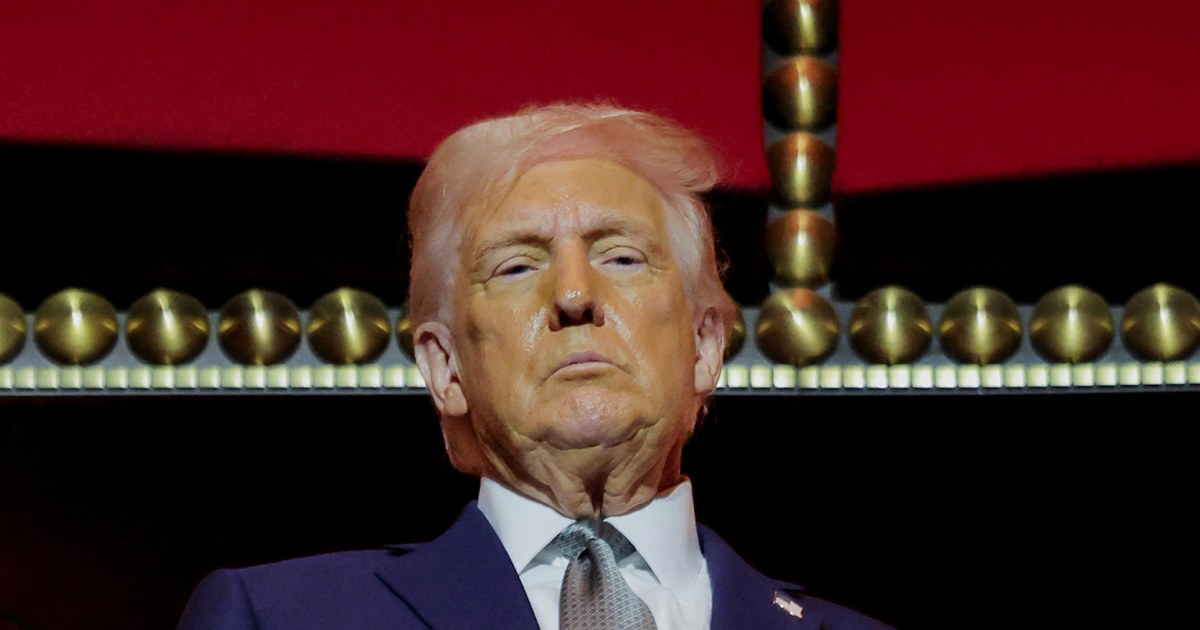Contractor Segregation: Examining the Trump Administration's Controversial Decision
The Trump administration's decision regarding contractor segregation sparked intense debate and legal challenges. This controversial policy, impacting federal contracting, remains a significant topic in discussions surrounding equal opportunity and affirmative action. This article delves into the details, examining the policy's implications and the subsequent legal battles.
Understanding the Core Issue: Contractor Segregation Policy
The policy, implemented in [Insert Date/Year], aimed to [Clearly and concisely explain the policy's objective as stated by the administration]. While the administration framed it as [Administration's justification, e.g., promoting efficiency or combating fraud], critics argued it was a thinly veiled attempt at [Critics' interpretation, e.g., discrimination or undermining affirmative action]. This led to immediate backlash from various groups, including [Mention key opposing groups, e.g., civil rights organizations, minority contractors].
Key Aspects of the Policy:
- Specific Provisions: Detail the policy's specific clauses and how they affected contractor selection and project allocation. (Example: Did it prioritize contractors based on race, ethnicity, or other factors? What were the criteria for selection?)
- Geographic Focus: Was the policy implemented nationwide, or were specific regions targeted?
- Affected Industries: Which industries were most significantly affected by this policy change? (e.g., construction, technology, etc.)
The Legal Challenges and Outcomes
The policy immediately faced legal challenges. [Mention key legal cases and their outcomes. Include links to relevant court documents where possible]. These cases focused on arguments related to:
- Violation of Equal Protection Clause: Explain how plaintiffs argued the policy violated the 14th Amendment's Equal Protection Clause.
- Discriminatory Impact: Discuss the alleged discriminatory impact on minority-owned businesses.
- Compliance Difficulties: Detail the practical challenges faced by contractors in complying with the policy's regulations.
Key Court Rulings:
- [Case Name]: Briefly summarize the ruling and its significance. (Example: The court ruled in favor of the plaintiffs, stating that the policy was discriminatory and violated the Equal Protection Clause.)
- [Case Name]: Repeat for other significant court cases.
Long-Term Implications and Ongoing Debate
The legacy of this policy continues to shape discussions about:
- Affirmative Action in Contracting: The debate surrounding affirmative action and its role in promoting equal opportunity in federal contracting remains a central point of contention.
- Government Oversight: The policy sparked conversations about the level of government oversight needed to ensure fairness and prevent discrimination in contracting.
- Economic Impact: The policy's potential economic consequences for minority-owned businesses and the overall economy continue to be studied and debated.
Further Research and Resources:
- [Link to relevant government reports or policy documents]
- [Link to academic articles or legal analyses]
- [Link to relevant news articles from reputable sources]
Conclusion: A Legacy of Controversy
The Trump administration's decision on contractor segregation remains a highly controversial and complex issue with lasting ramifications. The legal challenges and subsequent court rulings highlight the ongoing debate surrounding equal opportunity, affirmative action, and the role of the government in regulating the contracting industry. Understanding this historical context is crucial for navigating future discussions about fairness and equity in government procurement.
Note: This article provides a framework. You need to fill in the bracketed information with accurate and up-to-date details. Remember to cite all your sources properly. The inclusion of internal and external links significantly boosts SEO. Also, consider adding relevant images and videos to enhance engagement.
